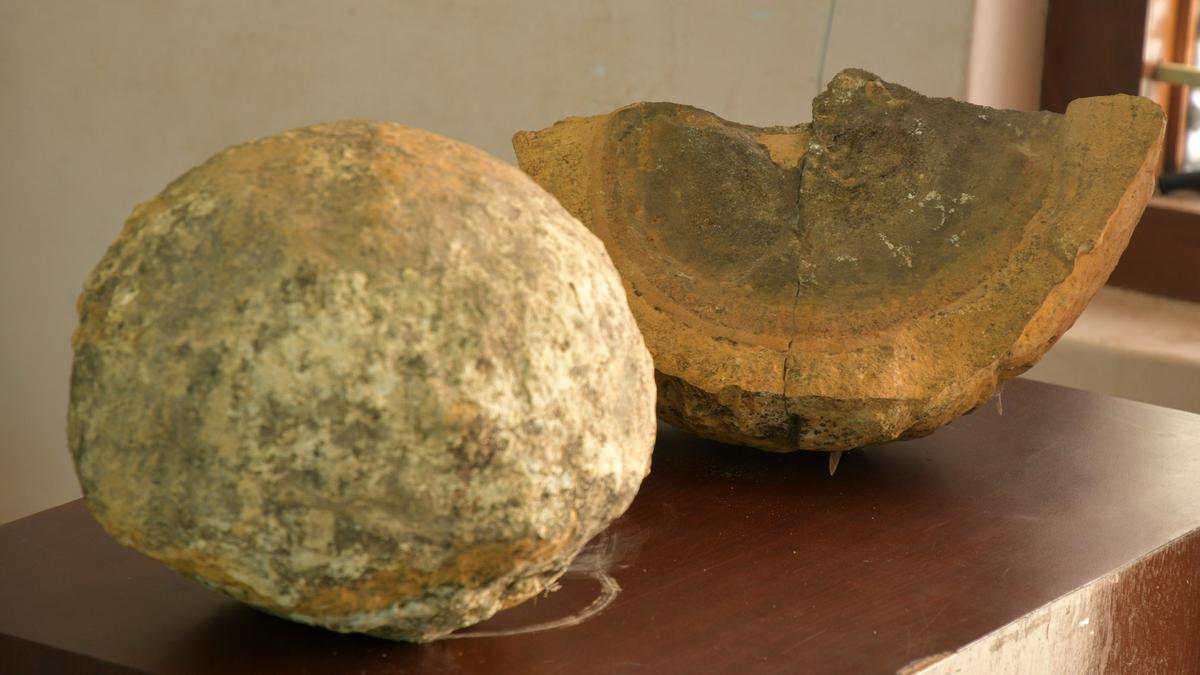
Museum plans gallery to showcase Ariyalur region’s fossils
The Hindu
Discover the ARIYALURA gallery, a fossil museum in Varanavasi village showcasing fossils from Ariyalur district and beyond.
A gallery exclusively devoted to fossils discovered in Ariyalur district is being planned by the authorities at the Fossil Museum at Varanavasi village to attract visitors.
The fossil site in this region is spread out within a 40-70 km radius from Ariyalur town. It covers Samayapuram and Kallakudi in Tiruchi district, Sathanur in Perambalur district and the coastal region close to Marakkanam in Cuddalore district.
“The collection of samples is nearly complete; we are working on the display areas and hope to launch it in the near future as the Ariyalur Gallery,” C. Sivakumar, curator in-charge of the museum, told The Hindu on Tuesday.
The museum is set in 120 acres of badlands — land formations marked by ravines, steep gullies and jagged towers of sand and rock in a 5,200 sq ft premises. It contains several displays of rocks, petrified wood, dinosaurs and nine varieties of ammonite fossils, from pre-Cambrian, Jurassic and Cretaceous periods.
A dinosaur egg discovered in the Kallankurichi mines of Tamil Nadu Cement Corporation (TANCEM) is among its more recent additions, from November 2022 .The fossil was found in 1985, and certified by Indian and German experts as the egg of a Titanosaurus, a genus of sauropod dinosaurs, in 1996.
Also in the lobby are some ‘concretion’ rocks, formed by the precipitation of mineral cement within the spaces between particles, found in Punnam lake nearby. “These were initially mistakenly identified as dinosaur eggs, but were later verified as ammonite fossils,” said Mr. Sivakumar.

In 2022, ActionAid conducted a survey to evaluate the status of RWH systems in Namma Metro infrastructure in Bengaluru. According to the ActionAid survey, an ideal RWH system includes pipes leading rainwater to percolate and recharge groundwater. However, their findings revealed that 8 pipes were found to be broken, 4 pits were clogged, 7 were filled with trash, 60 were not visible near the pillars, 5 water storage tanks were broken, among other problems in places where the system was implemented.

 Run 3 Space | Play Space Running Game
Run 3 Space | Play Space Running Game
 Traffic Jam 3D | Online Racing Game
Traffic Jam 3D | Online Racing Game
 Duck Hunt | Play Old Classic Game
Duck Hunt | Play Old Classic Game
















